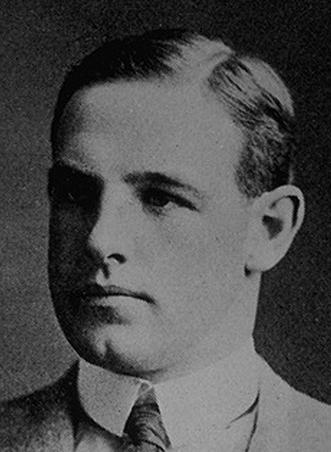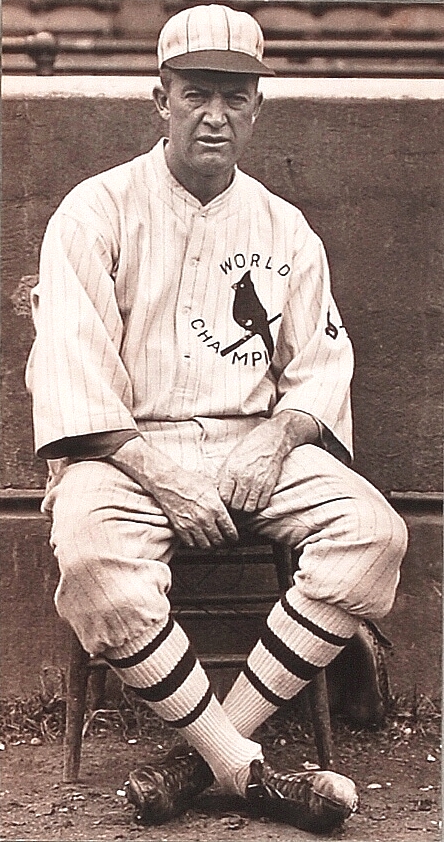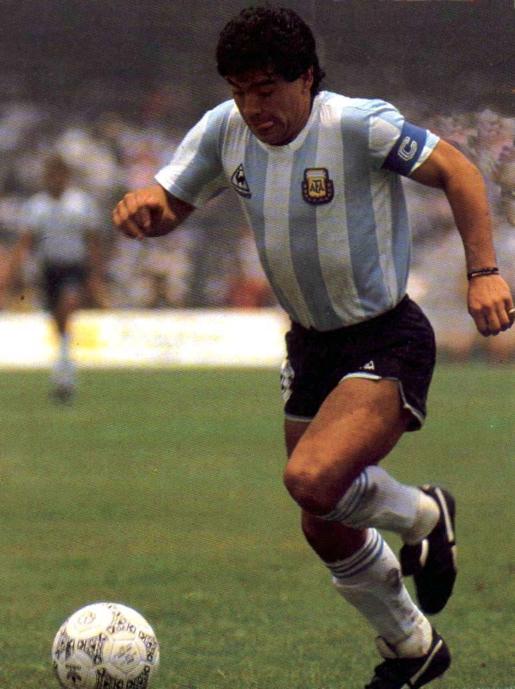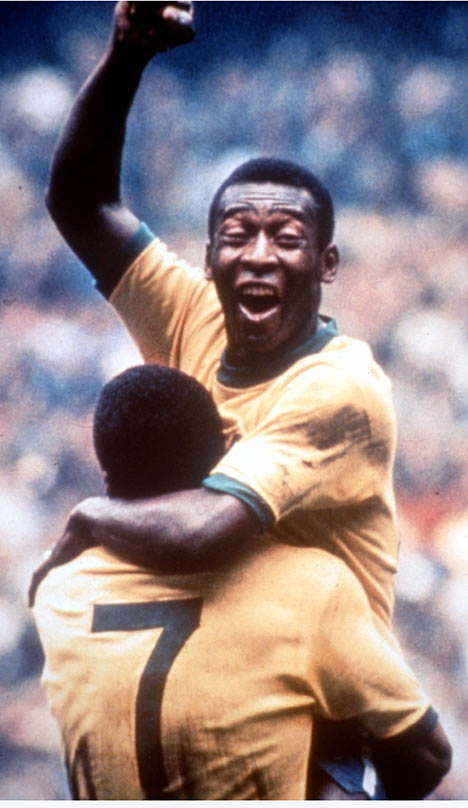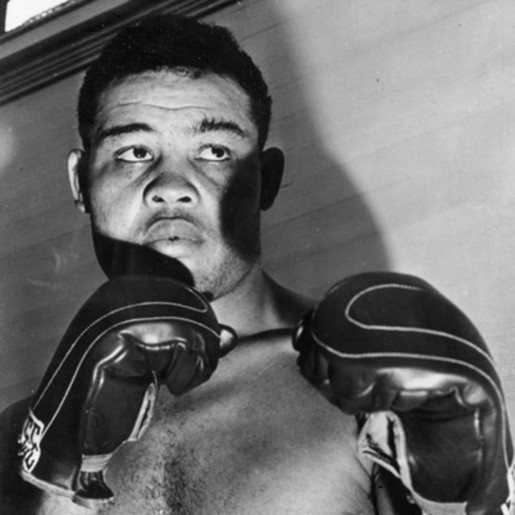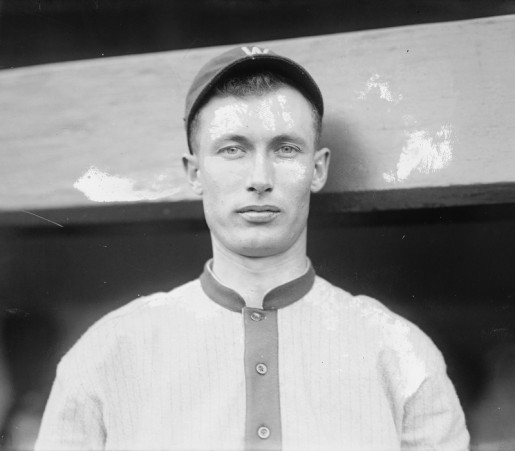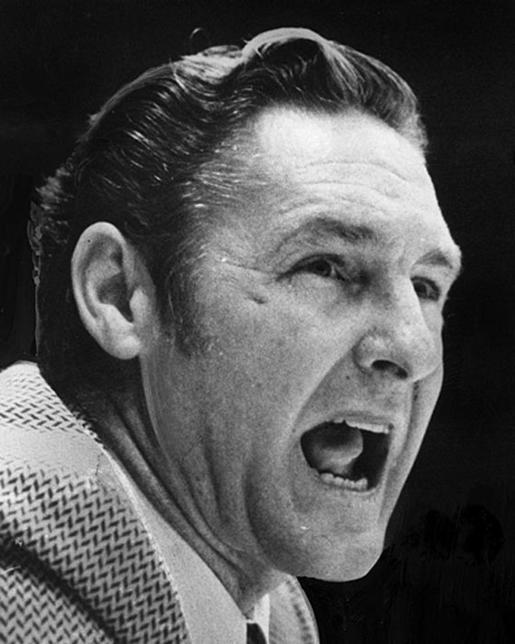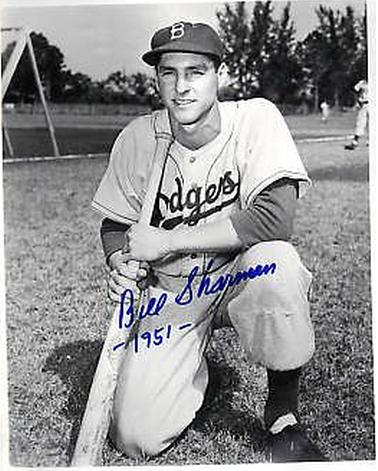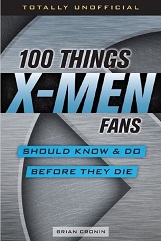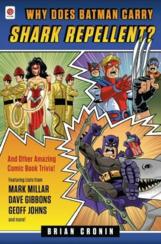Here is the latest in a series of examinations into urban legends about soccer/football and whether they are true or false. Click here to view an archive of the soccer/football urban legends featured so far.
SOCCER/FOOTBALL URBAN LEGEND: A player got a yellow card for faking an injury – however, the player was DEAD!
Something that football often gets criticized for is the way that players attempt to draw fouls on each other by acting as though simple contact (that happens as a matter-of-fact in a game of football) was egregious contact. You know, someone bumps a player and the said player goes flying as if he were just hit by a truck.
The common term for it is “flopping” and while it is a problem in the National Basketball Association and the National Hockey League, it is most associated with the world of association football.
It is seen as such a problem that they even came up with rules against it.
Soccer uses a “yellow card” system, where every time an egregious rule violation takes place the referee gives the player a “yellow card.”
If you get two yellow cards, you are then given a red card and you are ejected from the game and your team must play with one less player (in other words, unlike a basketball player who has been ejected from the game, you cannot substitute a replacement for the ejected player).
Here’s England star player Wayne Rooney getting a yellow card…
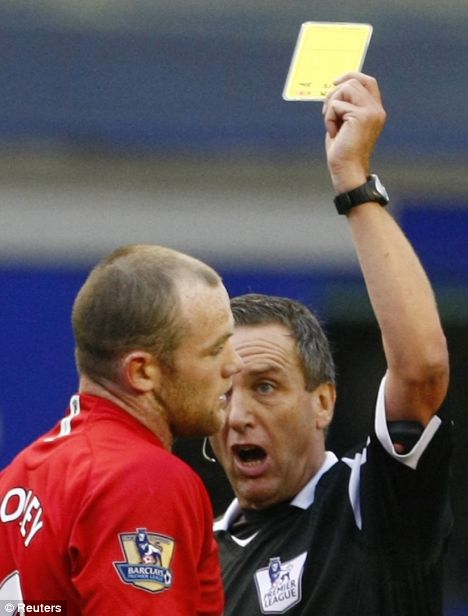
Here are the things you can give a yellow card for…
1. Unsporting behaviour
2. Dissent by word or action
3. Persistently infringing the laws of the game
4. Delaying the restart of play
5. Failing to respect the required distance of a corner kick or free kick
6. Entering or re-entering the field of play without the referee’s permission
7. Deliberately leaving the field of play without the referee’s permission
“Flopping” is specifically codified under rule 1. However, it’s one thing to SAY that you’re going to punish people for flopping and it’s a whole other thing to actually CALL it, as it can often be quite difficult to determine whether a player legitimately fell or is just pretending to be hurt.
That uncertainty was at play in May of 2010 in a fifth division match between Eastern European club Mladost FC and their local rival team, Hrvatski Sokol.
Read the rest of this entry »



